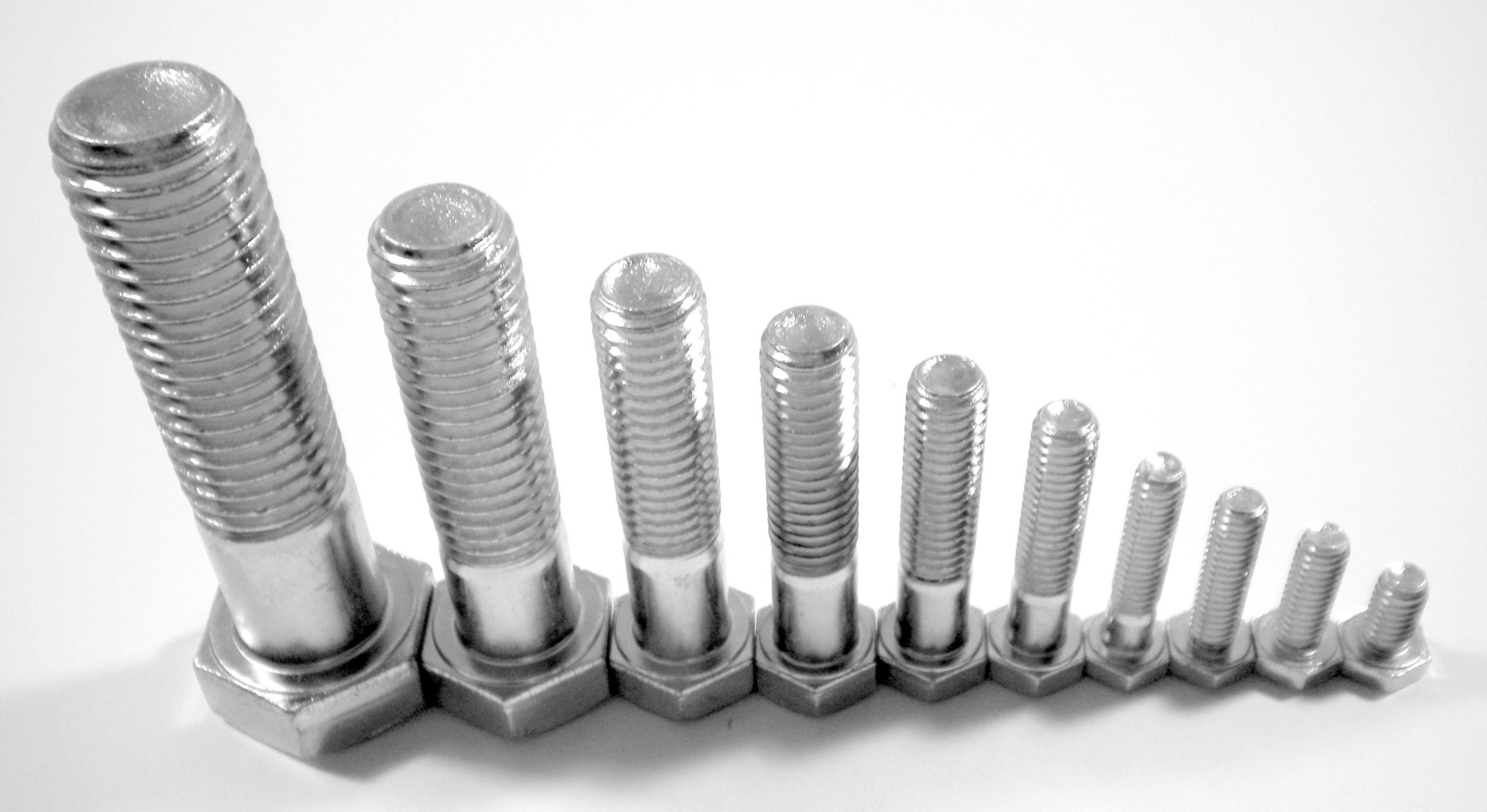Galling is a phenomenon that can cause expensive manufacturing equipment to fail. It is a risk that must be taken seriously by all levels of industry, including executive management and procurement.
Stainless steel hardware is especially susceptible to galling, particularly when mated with other types of metals. Keeping the mating surfaces clean and free of damage, roughness or debris can significantly reduce the likelihood of galling.
Ductility
Ductility is the ability of a material to stretch or deform without breaking. The most common example of ductility is copper, which can be bent or stretched into a wire. This property of metals is a result of the metallic bonds in which valence electrons are shared between many atoms, allowing them to slip past one another and avoid strong repulsive forces that would shatter more rigid materials.
Galling mainly occurs when metals come into contact with one another under high pressures and is less likely to occur when metal surfaces are lubricated. This is why galling tends to be more pronounced in harder metals such as aluminum and stainless steel austenitic grade fasteners.
However, this is not to say that these metals are prone to galling in all applications. Proper lubrication and the use of dissimilar materials can reduce the risk of galling. Additionally, surface treatments that increase hardness such as shot peening or carburizing can also decrease galling sensitivity.
Friction
The frictional energy between metals during tightening can cause the threads to start galling. If the galling continues to occur then the threads can break off and become useless. This will require the fastener to be removed and replaced with a new one, a process that is costly and time consuming.
The most important thing to remember is that you can prevent galling by using the right lubricant. Choosing a lubricant with the right chemical composition will help reduce the risk of galling. It is also essential to use a tool with a lower torque rating and to reduce the amount of pressure that you apply during the installation.
Metals like aluminum and stainless steel are the most common to experience galling but it can happen with any metal. Hardened metals like martensite and tool steel are less likely to gall due to their higher hardness. Shot peening the surface of your nuts, bolts and screws makes them rougher which can help reduce the chance of galling.
Cohesive Attraction
When metals are threaded together and put under high amounts of pressure or friction with one another, they can experience galling. Galling can impact all types of metal machinery, but is most common in ductile metals like aluminum or stainless steel under high loads without proper lubrication.
When the rubbing surfaces of the galling materials are compared at a microscopic level they will show signs of adhesion. This adhesion results in material transfer between the interacting materials that can cause a bump or lump to form between the surfaces of the galling fasteners.
The cohesive force that pulls similar molecules together is greater than the adhesive force that causes them to slide against each other. Hence the reason water can maintain an upwardly concave meniscus in a glass graduated cylinder, while alcohol or petroleum cannot. Fortunately, there are several ways to prevent galling when working with threaded metal. This includes the use of a suitable lubricant, lowering the wrench speed during installation and ensuring that the contacting surfaces are clean.
Heat
Galling is a common complication in industrial operations involving fastening or disassembling threaded components. Often it results in damaged or seized metal components that can be costly to repair or replace due to manpower and scheduling delays. It also negatively impacts production through the inefficient use of resources. The occurrence of galling is generally dependent upon the size, shape and material class of the penetrating protrusion and its ability to generate sufficient plastic zones for substantial energy accumulation. Duplex stainless steels are generally considered prone to galling but lower nickel, 200 series grades with nitrogen, manganese and silicon additions can be quite resistant to galling.
To reduce the risk of galling it is recommended to tighten all bolts slowly. This will help to avoid excess friction and heat that contributes to the galling process. It is also a good idea to use a proper anti-seize solution depending on the application and environment. Also, be sure to use clean bolts that have no damage or debris on them that may cause increased adhesion and friction between the surface and tool.what is galling

